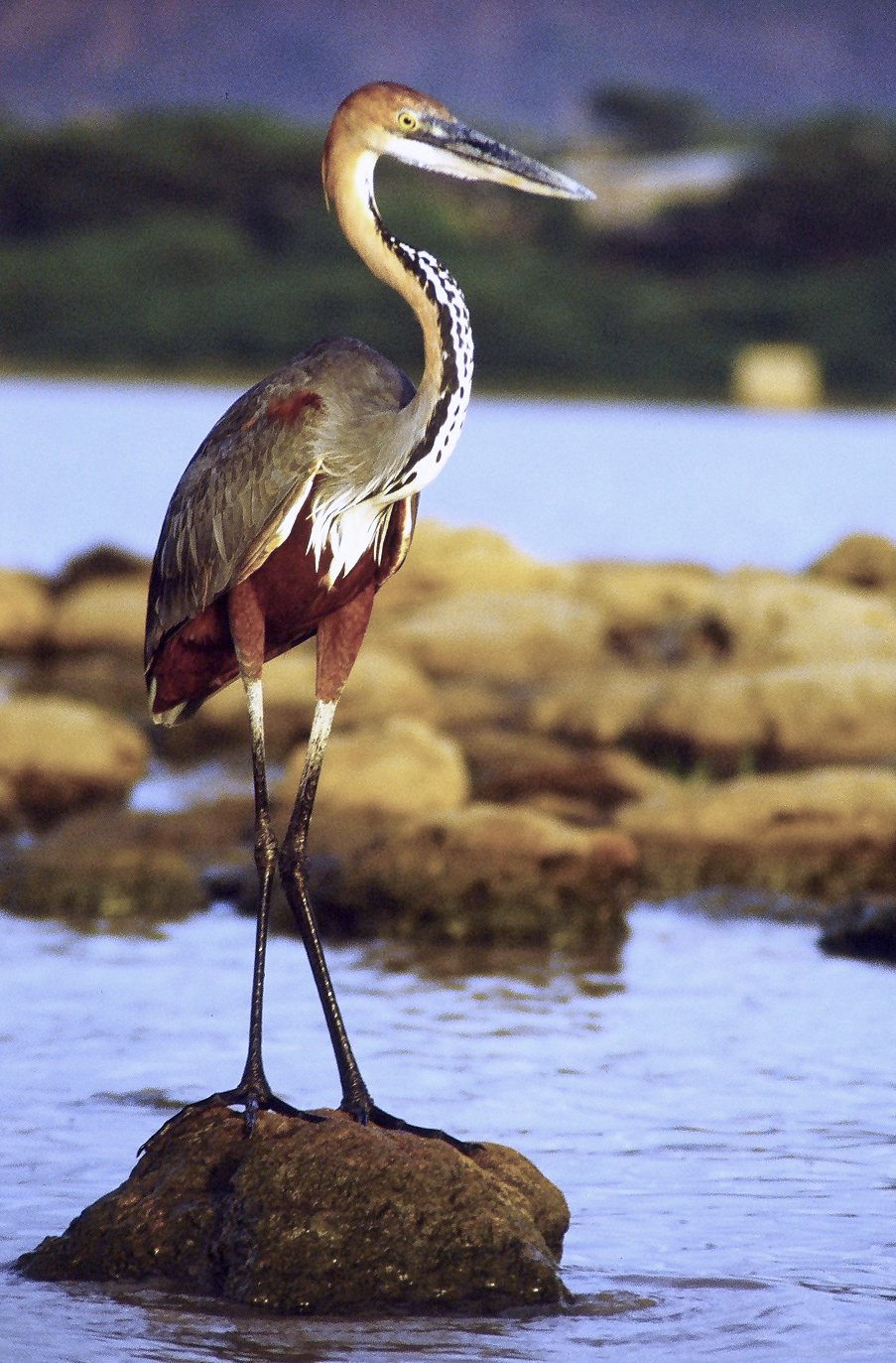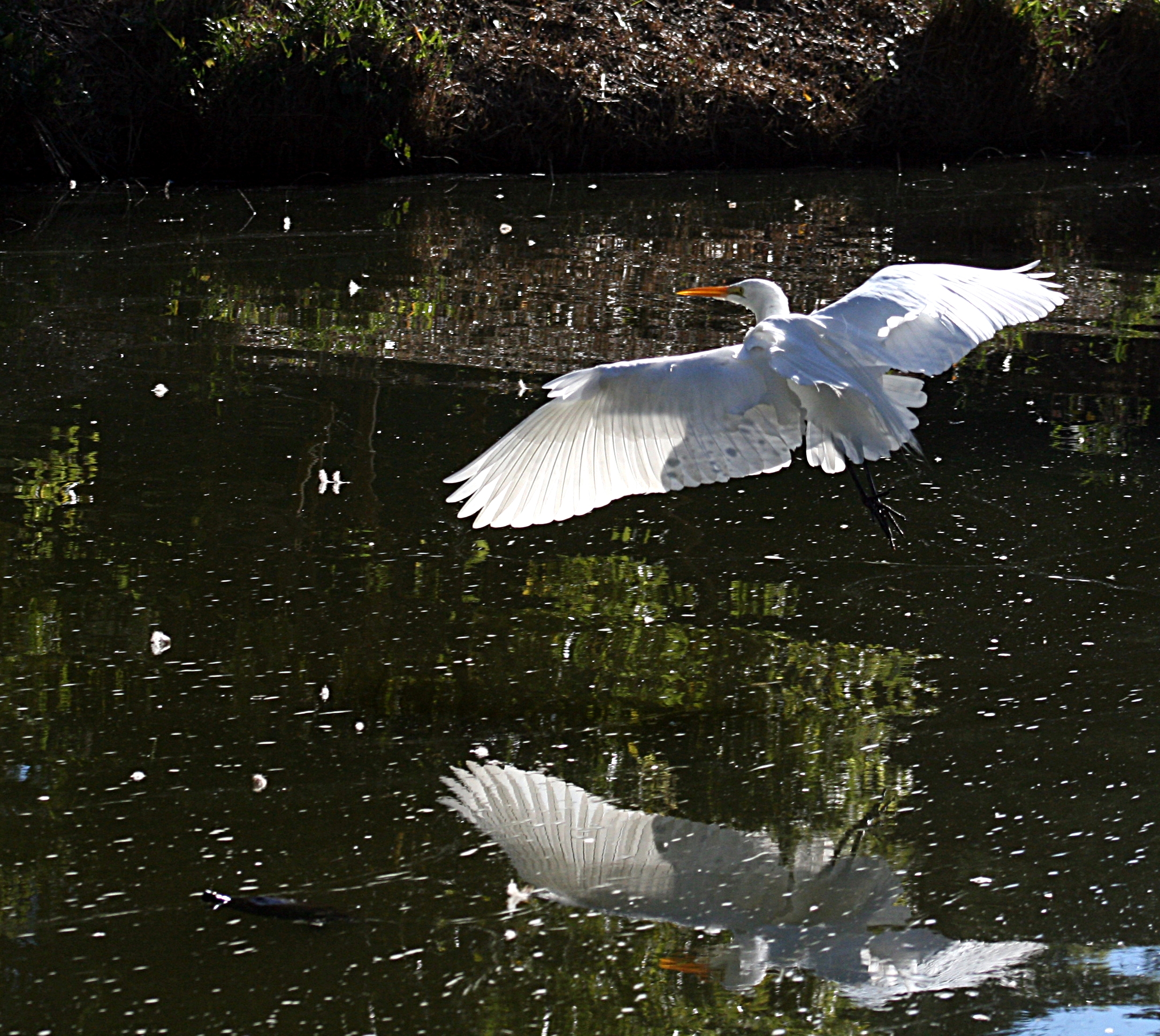|
Heron
Herons are long-legged, long-necked, freshwater and coastal birds in the family Ardeidae, with 75 recognised species, some of which are referred to as egrets or bitterns rather than herons. Members of the genus ''Botaurus'' are referred to as bitterns, and, together with the zigzag heron, or zigzag bittern, in the monotypic genus ''Zebrilus'', form a monophyletic group within the Ardeidae. Egrets do not form a biologically distinct group from herons, and tend to be named differently because they are mainly white or have decorative plumes in breeding plumage. Herons, by evolutionary adaptation, have long beaks. The classification of the individual heron/egret species is fraught with difficulty, and no clear consensus exists about the correct placement of many species into either of the two major genera, ''Ardea (genus), Ardea'' and ''Egretta''. Similarly, the relationships of the genus, genera in the family are not completely resolved. However, one species formerly considered to c ... [...More Info...] [...Related Items...] OR: [Wikipedia] [Google] [Baidu] |
Ardea (bird)
''Ardea'' is a genus of herons. These herons are generally large in size, typically 80–100 cm or more in length. These large herons are associated with wetlands where they prey on fish, frogs, and other aquatic species. Most members of this almost worldwide group breed Bird colony, colonially in trees, building large stick nests. Northern species such as great blue heron, great blue, grey heron, grey, and purple herons may bird migration, migrate south in winter, although the first two do so only from areas where the waters freeze. Description These are powerful birds with large spear-like bills, long necks and long legs, which hunt by waiting motionless or stalking their prey in shallow water before seizing it with a sudden lunge. They have a slow steady flight, with the neck retracted as is characteristic of herons and bitterns; this distinguishes them from storks, crane (bird), cranes, flamingos, and spoonbills, which extend their necks. Taxonomy The genus ''Ard ... [...More Info...] [...Related Items...] OR: [Wikipedia] [Google] [Baidu] |
Egretta
''Egretta'' is a genus of medium-sized herons, mostly breeding in warmer climates. Representatives of this genus are found in most of the world, and the little egret, as well as being widespread throughout much of the Old World, has now started to colonise the Americas. These are typical egrets in shape, long-necked and long-legged. A few plumage features are shared, although several have plumes in breeding plumage; a number of species are either white in all plumages, have a white morph (e.g. reddish egret), or have a white juvenile plumage ( little blue heron). The breeding habitat of ''Egretta'' herons is marshy wetlands in warm regions. They nest in colonies, often with other wading birds, usually on platforms of sticks in trees or shrubs. These herons feed on insects, fish, and amphibians, caught normally by cautious stalking. Taxonomy The genus ''Egretta'' was introduced in 1817 by the German naturalist Johann Reinhold Forster with the little egret as the type spec ... [...More Info...] [...Related Items...] OR: [Wikipedia] [Google] [Baidu] |
Zigzag Heron
The zigzag heron (''Zebrilus undulatus'') is a species of heron in the family Ardeidae, also including egrets and bitterns. It is in the monotypic genus ''Zebrilus''. It is found in Bolivia, Brazil, Colombia, Ecuador, French Guiana, Guyana, Peru, Suriname, and Venezuela. Its natural habitat is subtropical or tropical swamps. Taxonomy The zigzag heron was formally described in 1789 by the German naturalist Johann Friedrich Gmelin in his revised and expanded edition of Carl Linnaeus's ''Systema Naturae''. He placed it with the herons, cranes, storks and bitterns in the genus '' Ardea'' and coined the binomial name ''Ardea undulata''. Gmelin based his description on the ''zigzig bittern'' from Cayenne that had been described by the English ornithologist John Latham in his multi-volume work ''A General Synopsis of Birds''. Latham had in turn based his account on "Le petit butor de Cayenne" that had been described and illustrated in Comte de Buffon's ''Histoire Naturelle des Oiseau ... [...More Info...] [...Related Items...] OR: [Wikipedia] [Google] [Baidu] |
Boat-billed Heron
The boat-billed heron (''Cochlearius cochlearius''), colloquially known as the boatbill, is an atypical member of the heron family. It is the only member of the genus ''Cochlearius'' and was formerly placed in a monotypic family, the Cochleariidae. It lives in mangrove swamps from Mexico south to Peru and Brazil. It is a nocturnal bird, and breeds semiBird colony, colonially in mangrove trees, laying two to four bluish-white eggs in a twig nest. Taxonomy In 1760 the French zoologist Mathurin Jacques Brisson included a description of the boat-billed heron in his ''Ornithologie'' based on a specimen collected in French Guiana. He used the French name ''La Cuillière'' and the Latin ''Cochlearius''. The two stars (**) at the start of the section indicates that Brisson based his description on the examination of a specimen. Brisson placed the species in a new genus ''Cochlearius'' (with the same name as that of the species). When in 1766 the Swedish naturalist Carl Linnaeus updated ... [...More Info...] [...Related Items...] OR: [Wikipedia] [Google] [Baidu] |
Egrets
Egrets ( ) are herons, generally long-legged wading birds, that have white or buff plumage, developing fine plumes (usually milky white) during the breeding season. Egrets are not a biologically distinct group from herons and have the same build. Biology Egrets hold a separate group with bitterns and herons within the 74 species found in the bird family Ardeidae. Many egrets are members of the genera ''Egretta'' or '' Ardea'', which also contain other species named as herons rather than egrets. The distinction between a heron and an egret is rather vague, and depends more on appearance than biology. The word "egret" comes from the French word ''aigrette'' that means both "silver heron" and "brush", referring to the long, filamentous feathers that seem to cascade down an egret's back during the breeding season (also called "egrets"). Several of the egrets have been reclassified from one genus to another in recent years; the great egret, for example, has been classified as a me ... [...More Info...] [...Related Items...] OR: [Wikipedia] [Google] [Baidu] |
Stork
Storks are large, long-legged, long-necked wading birds with long, stout bills. They belong to the family Ciconiidae, and make up the order Ciconiiformes . Ciconiiformes previously included a number of other families, such as herons and ibises, but those families have been moved to other orders. Storks dwell in many regions and tend to live in drier habitats than the closely related herons, spoonbills and ibises; they also lack the powder down that those groups use to clean off fish slime. Bill-clattering is an important mode of communication at the nest. Many species are migratory. Most storks eat frogs, fish, insects, earthworms, small birds and small mammals. There are 20 living species of storks in six genera. Various terms are used to refer to groups of storks, two frequently used ones being a ''muster'' of storks and a ''phalanx'' of storks. Storks tend to use soaring, gliding flight, which conserves energy. Soaring requires thermal air currents. Ottomar Ansch� ... [...More Info...] [...Related Items...] OR: [Wikipedia] [Google] [Baidu] |
Bird Colony
A bird colony is a large congregation of individuals of one or more species of bird that nest or roost in proximity at a particular location. Many kinds of birds are known to congregate in groups of varying size; a congregation of nesting birds is called a breeding colony. Colonial nesting birds include seabirds such as auks and albatrosses; wetland species such as herons; and a few passerines such as weaverbirds, certain blackbirds, and some swallows. A group of birds congregating for rest is called a communal roost. Evidence of colonial nesting has been found in non- neornithine birds (Enantiornithes), in sediments from the Late Cretaceous (Maastrichtian) of Romania. Variations on colonial nesting in birds Approximately 13% of all bird species nest colonially. Nesting colonies are very common among seabirds on cliffs and islands. Nearly 95% of seabirds are colonial, leading to the usage, seabird colony, sometimes called a rookery. Many species of terns nest in colonies ... [...More Info...] [...Related Items...] OR: [Wikipedia] [Google] [Baidu] |
Bittern
Bitterns are birds belonging to the subfamily Botaurinae of the heron family Ardeidae. Bitterns tend to be shorter-necked and more secretive than other members of the family. They were called ''hæferblæte'' and various iterations of ''raredumla'' in Old English; the word "bittern" came to English from Old French ''butor'', itself from Gallo-Roman ''butitaurus'', a compound of Latin ''būtiō'' (buzzard) and ''taurus'' (bull). Bitterns usually frequent reed beds and similar marshy areas and feed on amphibians, reptiles, insects, and fish. Bitterns, like herons, egrets, and pelicans, fly with their necks retracted, unlike the cranes, storks, ibises and spoonbills, and geese A goose (: geese) is a bird of any of several waterfowl species in the family Anatidae. This group comprises the genera '' Anser'' (grey geese and white geese) and ''Branta'' (black geese). Some members of the Tadorninae subfamily (e.g., Egyp ... which fly with necks extended and outstretched. The ... [...More Info...] [...Related Items...] OR: [Wikipedia] [Google] [Baidu] |
Botaurus
''Botaurus'' is a genus of bitterns, a group of wading birds in the heron family Ardeidae. The genus includes species that were previously placed in the genus ''Ixobrychus''. Taxonomy The genus ''Botaurus'' was introduced in 1819 by the English naturalist James Francis Stephens. Stephens did not specify the type species but this was designated as ''Ardea stellaris'' Linnaeus ( Eurasian bittern) by George Gray in 1840. The name ''Botaurus'' is Medieval Latin for a bittern. The word combines Latin ''bos'' meaning "oxen" (compare ''butire'' "to boom") and ''taurus'' meaning "bull". In describing the Eurasian bittern Stephens wrote: "At this period the male makes a singular noise, which is compared with the deep bellowing of a bull, and is continued for about two months: ...". The genus formerly contained fewer species. Molecular genetic studies found that the genus ''Ixobrychus'' was paraphyletic with respect to ''Botaurus''. To resolve the non-monophyly the genus ''Ixobr ... [...More Info...] [...Related Items...] OR: [Wikipedia] [Google] [Baidu] |
Spoonbill
Spoonbills are a genus, ''Platalea'', of large, long-legged wading birds. The spoonbills have a global distribution, being found on every continent except Antarctica. The genus name ''Platalea'' derives from Ancient Greek and means "broad", referring to the distinctive shape of the bill. Six species are recognised, which although usually placed in a single genus have sometimes been split into three genera. All spoonbills have large, flat, spatulate bills and feed by wading through shallow water, sweeping the partly opened bill from side to side. The moment any small aquatic creature touches the inside of the bill—an insect, crustacean, or tiny fish—it is snapped shut. Spoonbills generally prefer fresh water to salt but are found in both environments. They need to feed many hours each day. Taxonomy The genus ''Platalea'' was introduced in 1758 by the Swedish naturalist Carl Linnaeus in 1758 in the 10th edition of Systema Naturae, tenth edition of his ''Systema Naturae ... [...More Info...] [...Related Items...] OR: [Wikipedia] [Google] [Baidu] |







